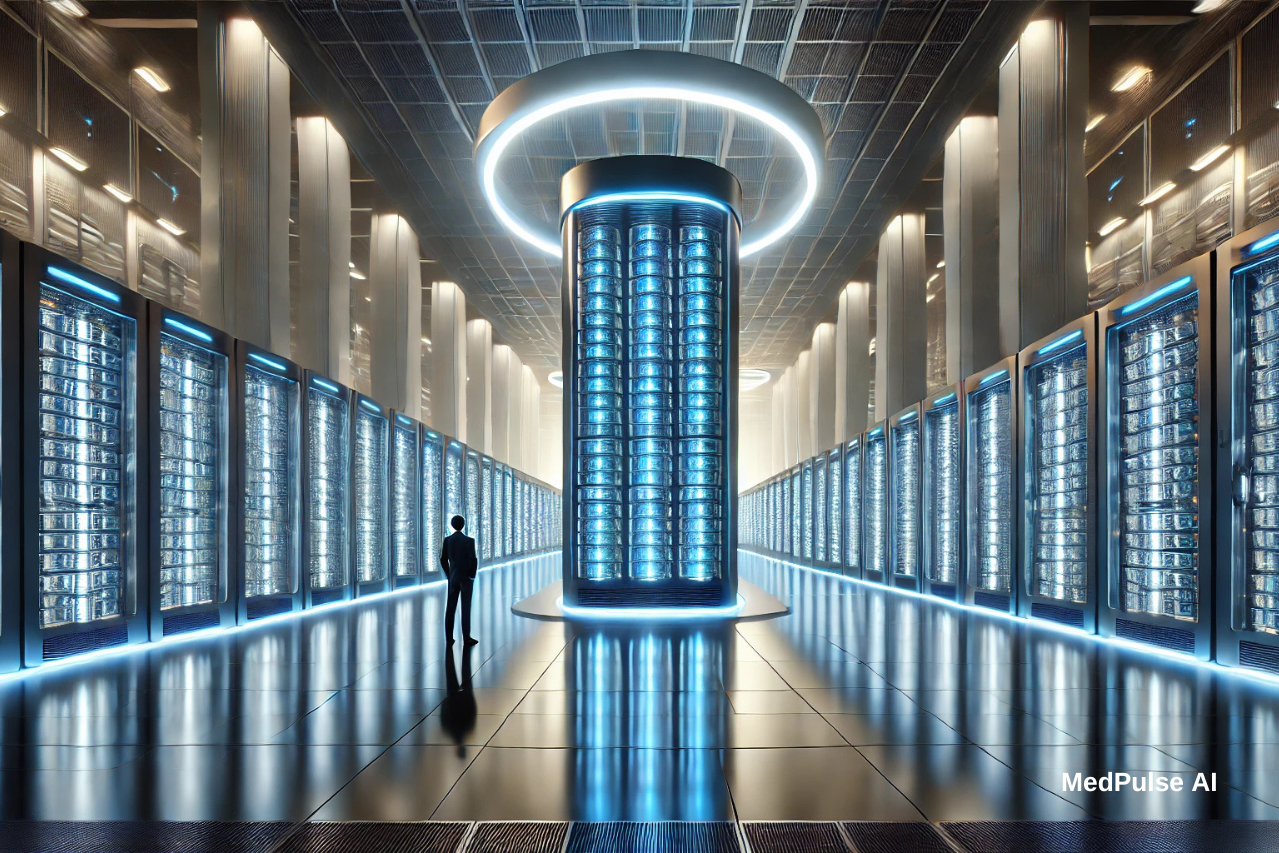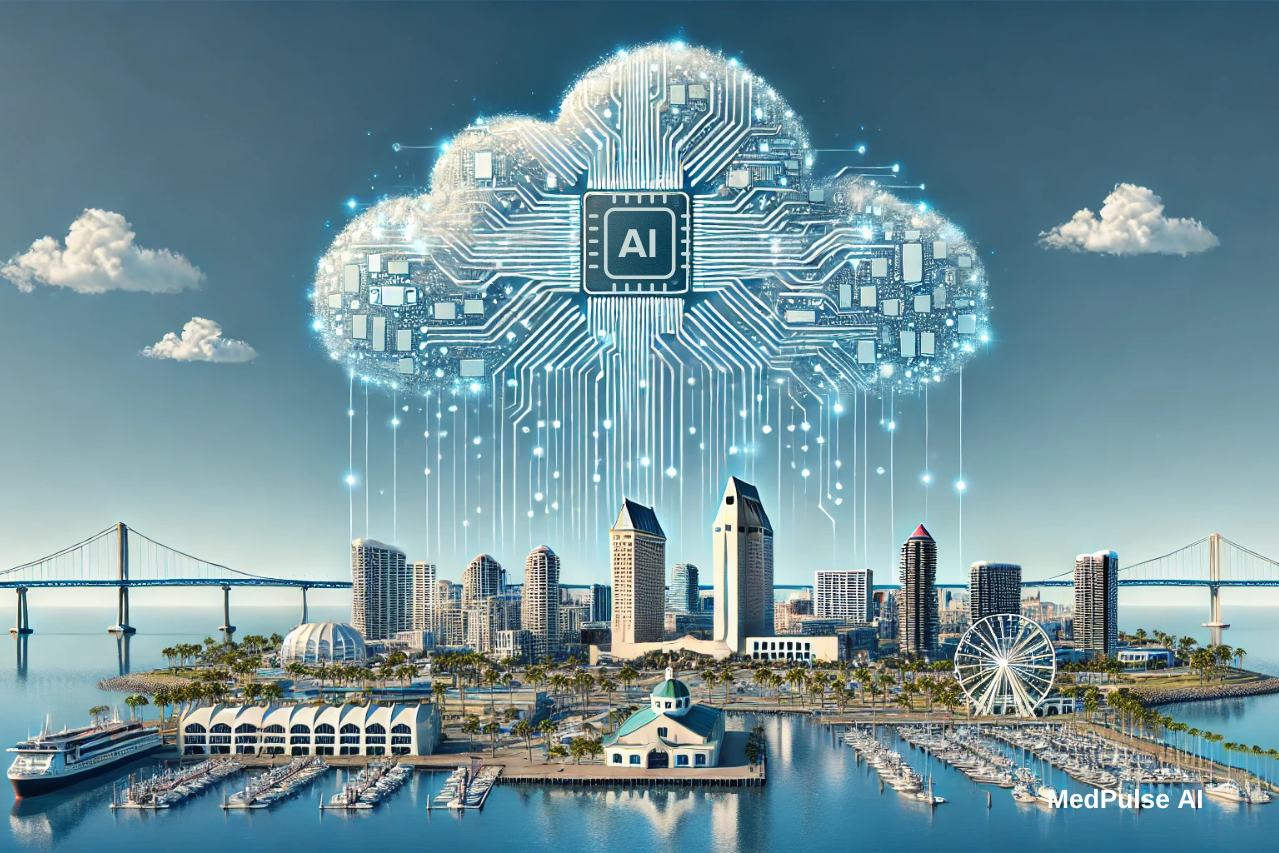Supercomputers have long fascinated humanity, evoking images of futuristic machines solving the world’s greatest mysteries. Once confined to the realms of science fiction, these technological marvels have become indispensable tools for advancing science, technology, and medicine.
Today, supercomputers are the backbone of artificial intelligence (AI) and a driving force behind breakthroughs that improve everyday lives—from medical imaging to pandemic response. In this series, we explore the history of supercomputers, their evolution as documented by the TOP500 list, and their transformative role in powering AI.
A Brief History of Supercomputers: From Humble Beginnings to Global Dominance
Supercomputers emerged in the mid-20th century as specialized systems designed to tackle complex computational problems. The earliest known supercomputer, the CDC 6600, was introduced in 1964 by Control Data Corporation. Clocking a speed of 3 megaflops, it was revolutionary for its time and marked the beginning of a new era in computing. By comparison, today’s supercomputers achieve performance measured in exaflops—over a quintillion times faster.
The Arrival of the TOP500 List
The TOP500 list, first published in 1993, serves as the definitive ranking of the world’s most powerful supercomputers. Updated biannually, it tracks the evolution of high-performance computing (HPC) and highlights emerging technologies. The list uses the High-Performance Linpack (HPL) benchmark to measure a system’s ability to solve linear equations, providing a clear metric of computational power.
In the 1990s, the fastest supercomputers operated at gigaflop speeds. Over the next few decades, technological advancements ushered in the teraflop, petaflop, and now exaflop eras. These leaps in power have enabled scientists to simulate natural phenomena, analyze enormous datasets, and drive AI innovations that were once unimaginable.
The Role of Supercomputers in AI Evolution
Artificial intelligence, a field once limited to theoretical research, has become a practical and transformative technology thanks to the rise of supercomputers. By providing unparalleled computational power, supercomputers accelerate AI training, optimize algorithms, and enable real-time processing of vast datasets. Below, we explore key milestones where supercomputers have driven AI’s growth.
1. AI in Medical Imaging
Medical imaging has experienced a quantum leap in accuracy and efficiency with the help of AI-powered analysis. Supercomputers like Frontier, currently ranked second on the TOP500 list, can process vast amounts of imaging data to train AI models capable of detecting diseases with unprecedented precision.
For instance, AI models trained on supercomputers can identify cancerous tumors, predict heart disease, or analyze brain scans for early signs of Alzheimer’s disease. These systems use advanced neural networks to recognize patterns invisible to the human eye, improving diagnostic accuracy and saving lives.
2. Pandemic Modeling and Vaccine Development
During the COVID-19 pandemic, supercomputers became essential tools for tracking the virus’s spread, modeling its mutations, and developing vaccines. The Summit supercomputer at Oak Ridge National Laboratory—once the fastest system on the TOP500 list—was used to identify compounds that could inhibit the virus’s ability to infect human cells. Summit’s ability to process billions of molecules in a matter of hours accelerated drug discovery efforts that typically take years.
Supercomputers also played a critical role in epidemiological modeling, helping governments and healthcare organizations anticipate infection rates and allocate resources effectively.
3. Climate and Environmental Applications
AI models developed on supercomputers are used to predict climate changes, assess natural disasters, and optimize renewable energy sources. Systems like Fugaku, housed in Japan and formerly the world’s fastest supercomputer, have been instrumental in environmental research. Fugaku has simulated typhoons and heavy rainfall patterns with astonishing accuracy, aiding disaster preparedness.
Advertisement

From Science to Everyday Impact: Supercomputers and AI Integration
Supercomputers’ role extends beyond scientific research, touching everyday aspects of life through AI-powered solutions. Let’s look at how supercomputing advancements influence sectors such as healthcare, energy, and public safety.
Personalized Medicine
AI-driven supercomputers enable the development of personalized treatment plans tailored to an individual’s genetic makeup. By analyzing genetic data at extraordinary speeds, supercomputers can help doctors identify the most effective treatments for conditions like cancer or rare genetic disorders.
For example, the U.S.-based supercomputer Aurora, ranked third on the TOP500 list, has been used in research to map complex protein structures. This capability is vital for understanding diseases at a molecular level and designing targeted therapies.
Smart Cities and Public Safety
Supercomputers are also shaping smart cities by powering AI systems that optimize traffic flow, monitor air quality, and enhance public safety. In times of natural disasters, supercomputers predict the impact of hurricanes or earthquakes, enabling authorities to act swiftly and save lives.
Energy Efficiency
With energy consumption becoming a global concern, supercomputers like El Capitan are designed with sustainability in mind. By improving energy efficiency, these systems reduce the carbon footprint of AI training processes. This has significant implications for green technology development and sustainable AI practices.
Key Innovations Driving Modern Supercomputers
The capabilities of today’s supercomputers are the result of groundbreaking innovations in hardware and architecture. Here are some key factors that have propelled supercomputers to the forefront of AI research:
1. Exascale Computing
Exascale systems like El Capitan represent a milestone in computational power. These machines can perform over one quintillion calculations per second, making them ideal for solving the most complex AI challenges, from climate modeling to genomics.
2. Energy Efficiency
Modern supercomputers prioritize energy efficiency, achieving more computations per watt. Systems like Frontier and Fugaku use advanced architectures to maximize performance while minimizing power consumption.
3. Specialized Accelerators
Many supercomputers now integrate GPUs (Graphics Processing Units) and TPUs (Tensor Processing Units) to enhance AI processing. These accelerators are optimized for tasks like deep learning and image recognition.
What’s Next? The Future of Supercomputers and AI
As the boundaries of computing power continue to expand, the next generation of supercomputers will likely surpass current capabilities in speed, efficiency, and scalability. Key trends to watch include:
- Quantum Computing: While still in its infancy, quantum computing could revolutionize AI by solving problems that even the most powerful classical supercomputers cannot tackle.
- Decentralized Supercomputing: Cloud-based systems like Eagle demonstrate a shift toward making supercomputing power more accessible. This democratization could accelerate AI research in fields with limited resources.
- AI-Augmented Supercomputing: AI itself is being used to optimize supercomputer operations, from scheduling tasks to predicting hardware failures.
Supercomputers have come a long way from their origins as science fiction concepts, evolving into essential tools for advancing AI and solving humanity’s greatest challenges. The TOP500 list is a testament to the rapid progress in computational power, highlighting systems that are shaping the future of AI, healthcare, and beyond.
From medical imaging breakthroughs to pandemic modeling and personalized medicine, the synergy between supercomputers and AI continues to unlock new possibilities. As these machines grow more powerful and accessible, their impact on society will only deepen, driving innovation that transforms the way we live, work, and care for one another.




